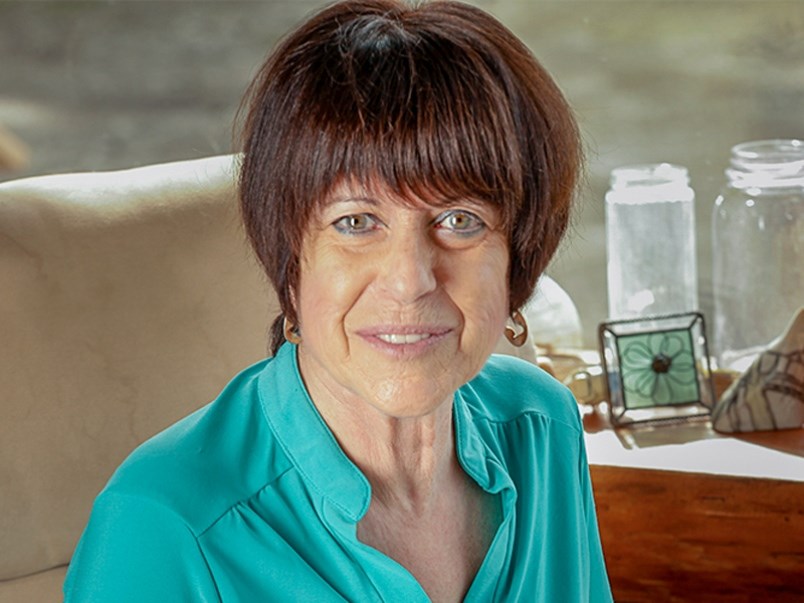qathet Regional District (qRD) directors were provided an overview of visual quality objectives on forested land as part of local government engagement.
At the June 10 committee of the whole meeting, Andrea Rietman, from the Sunshine Coast Natural Resource District (SCNRD) office of the provincial ministry of forests, lands, natural resource operations and rural development, who is the lead for the visual quality objectives update project, said visual quality management is a complicated subject. She said visual quality is one of 11 values managed under the Forest and Range Practices Act.
“In BC, for visual quality management, a lot of history and research has been done to try and figure out public preferences and public perceptions,” said Rietman. “Visual quality management is done through a visual landscape inventory, which assigns scenic areas. Visual quality objectives are designated for these scenic areas and evaluated through the forest and range evaluation program.”
Rietman said the previous visual landscape inventory was done in 1991. She said because it was done so long ago, the forest district decided to redo the visuals to be more aligned with the increase in recreation use and higher viewer expectations for the district. From 2011 to 2015 the inventory was redone and that was reviewed by the district for a couple of years, according to Rietman.
“In 2018 I took over the file and following the government action order regulation process, we sent this to licensees and first nations and also to the Discovery Islands working group area, and we got a lot of feedback,” said Rietman. “Eventually, all of that feedback was sent out to public review and comments in January of this year. We sent that out for a 60-day review and comment period and we heard back from the public that it wasn’t long enough and we extended it for 40 days. We’ve heard back from stakeholders and local governments that they want to be engaged as well so that’s where we’re at right now.”
Rietman said overall, the inventory resulted in a higher amount of attention for more restrictive visual quality than the previous inventory. She said that is reflective of the knowledge the forestry office has of higher tourism use in the area and higher viewer expectations. A government action regulation process has to be followed to get the visuals approved, according to Rietman. There are four steps to how the process works.
“One of the key ones is: would the proposed activity unduly reduce timber supply from BC’s forests,” said Rietman. “That’s kind of the key question we’re trying to answer is: what is unduly reducing? That’s where we need to get feedback from the public and stakeholders and local governments about how important visuals are so we can determine what a reduction in timber supply might look like.
“What we’re hoping to get from everybody is meaningful feedback. We’ve put out maps of the draft user quality objectives and we’ve heard a lot of feedback on how challenging the maps are to read.”
Rietman said what is trying to be determined is what level of protection the viewscape needs. She said the forest district is looking for the regional district’s feedback on whether a good job has been done or if there is more the forest district can do.
McCormick asks about view disruptions
Electoral Area D director and committee chair Sandy McCormick said her interest is to preserve the view of the coastline.
“They’re very precious to people in this part of the world,” said McCormick. “My question is, what kind of assurance can you give me that there will not be cut blocks right on the water or other disruptions to the view of the coast?
SCNRD district manager Derek Lefler said there are numerous other values at play in terms of the coastal marine foreshore areas.
“Generally speaking, there are other constraining factors that keep harvesting from happening right down to the water’s edge,” said Lefler. “Across the Sunshine Coast, you see very few blocks that come right down to the water. In that marine zone, there usually is a buffer there.”
He said they are overlaying visual quality objectives on that landscape and trying to manage for that scenic objective.
“In a lot of places within the qathet Regional District, we are managing to a retention objective, so a very low level of visual disturbance across many of our scenic landscapes,” said Lefler. “Our scenic Sunshine Coast is exceptional and needs to have protection. It’s just a matter of defining what level of protection they will have.”
Rietman told the committee that visual quality objectives do not apply to private land.


